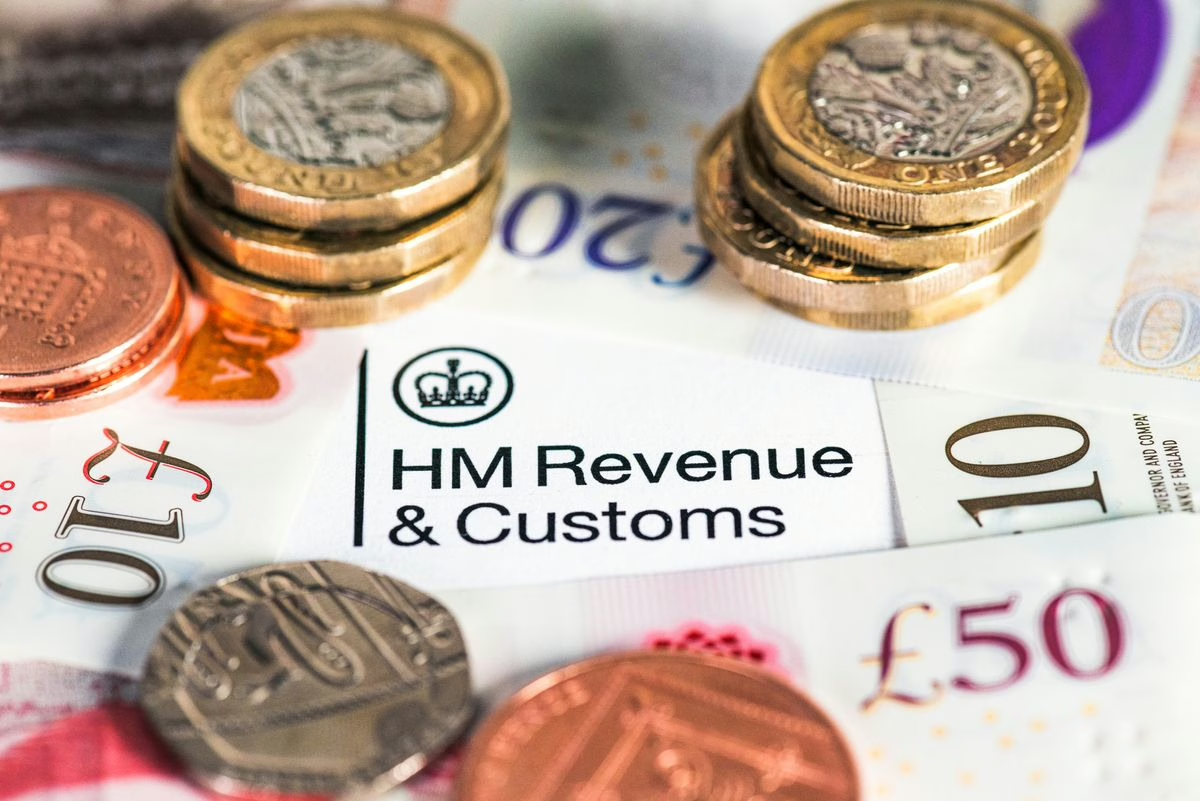A massive phishing scam targeting HM Revenue and Customs (HMRC) has compromised 100,000 taxpayer accounts, with criminals siphoning off £47 million in fraudulent tax refunds. The breach, which occurred late last year, was only disclosed to Parliament’s Treasury Select Committee on 4 June 2025 after media leaks, sparking outrage over HMRC’s delayed response and lack of transparency.
How Did This Happen? Who’s to Blame?
The scandal stems from a sophisticated phishing operation, not a direct hack of HMRC’s systems or an internal data leak. Fraudsters tricked taxpayers into handing over sensitive details, such as Government Gateway login credentials, through fake emails and texts. These were used to create bogus Pay As You Earn (PAYE) accounts or access existing ones to claim illicit refunds.
Both taxpayers and HMRC share the blame:
- Public Responsibility: Some victims fell prey to phishing scams by clicking malicious links or sharing login details, often due to a lack of awareness about cyber threats or failure to enable multi-factor authentication (MFA).
- HMRC’s Shortcomings: Critics slam HMRC for inadequate public education on phishing risks and insufficient security measures, such as low MFA adoption rates. The agency’s failure to promptly detect the widespread fraud has also raised questions about its monitoring systems.
Why the Delay in Reporting?
HMRC’s failure to promptly inform Parliament or the public has fuelled controversy. The agency only briefed the Treasury Select Committee after media outlets exposed the breach. Insiders suggest several reasons for the delay:
- Internal Probes Took Priority: HMRC focused on investigating the scope of the fraud, locking accounts, and halting further losses, arguing that premature disclosure could hinder efforts or spark panic.
- Underestimated Scale: Initially, HMRC may have misjudged the severity, believing the issue was smaller until the 100,000 affected accounts were confirmed.
- Bureaucratic Bottlenecks: Internal approval processes delayed formal reporting to Parliament.
This secrecy had serious consequences. Without timely public warnings, more taxpayers may have fallen victim to phishing scams between late 2024 and early 2025, handing over credentials to fraudsters. Cybersecurity experts argue that an early alert could have mitigated the damage by urging caution and MFA use.
Impact on Taxpayers
The 100,000 affected taxpayers—0.2% of the PAYE population—have had their Personal Tax Accounts (PTAs) frozen by HMRC, with login credentials wiped to block further unauthorised access. Crucially, HMRC assures that taxpayers will not face personal financial losses, as the £47m was stolen directly from HMRC’s tax refund system, not from individuals’ bank accounts. However, victims face significant disruptions:
- Access Restrictions: Frozen accounts prevent taxpayers from managing tax affairs online, such as filing returns or claiming refunds via the Government Gateway.
- Account Reset Hassle: Affected individuals must await HMRC letters, expected between 4 and 25 June 2025, with instructions to reset accounts and create new login details.
- Eroded Trust: The breach, coupled with HMRC’s delayed response, has shaken public confidence in the security of digital tax services.
Can the Stolen £47m Be Recovered?
HMRC is working with UK and international law enforcement to track down the culprits and recover the £47m, but the odds are slim:
- Complex Money Trails: Fraudsters often funnel funds through overseas accounts or cryptocurrencies, making tracing difficult.
- Jurisdictional Hurdles: Some accounts are held in countries with lax legal frameworks, complicating recovery efforts.
- Limited Success: While HMRC recovered millions in past fraud cases, such as in 2023, reclaiming the full amount is unlikely.
The government will absorb the loss, sparing taxpayers additional costs. HMRC plans to tighten refund verification processes to prevent future scams.
Fixing the Fallout: What Taxpayers Can Do
To mitigate the impact and protect against future scams, taxpayers are urged to:
- Check Account Activity: Log into HMRC’s online services (if not locked) and review “Login Details” under “Account Settings” for suspicious activity.
- Enable MFA: Activate multi-factor authentication on Government Gateway accounts for added security.
- Beware Phishing Scams: Avoid clicking links in unsolicited emails or texts. Never share login or bank details. Report suspicious HMRC-related messages to security.custcon@hmrc.gov.uk or forward texts to 60599.
- Contact HMRC: If you suspect your account is compromised, email the Fraud Prevention Team at FraudPreventionCentre@hmrc.gov.uk.
HMRC’s Response Plan
HMRC has rolled out measures to address the breach and bolster security:
- Account Lockdown: 100,000 affected accounts have been secured, with credentials deleted and erroneous tax records corrected.
- Victim Notifications: Letters are being sent to guide taxpayers on resetting accounts, requiring no further action from them.
- Law Enforcement Collaboration: HMRC is partnering with UK and global agencies to pursue the criminals, with some arrests made in 2024.
- System Upgrades: Additional funding for IT security will be sought in the 11 June 2025 government spending review.
- Anti-Fraud Push: HMRC conducted 648 raids in 2023/24 and introduced a public reporting mechanism for fraud tips.
- Mandatory MFA and Education: By late 2025, MFA will be compulsory for all Government Gateway accounts, alongside expanded anti-phishing campaigns.
Parliament’s Next Steps
MPs are furious over HMRC’s delayed disclosure, with the Treasury Select Committee demanding answers. The chair has accused HMRC of undermining transparency by waiting for media exposure. Parliament is expected to:
- Probe Transparency Failures: Demand a detailed report on the timeline, reasons for delayed reporting, and future safeguards.
- Scrutinise Funding: Monitor the allocation of new IT security funds in the 11 June review.
- Review Policies: Push for an overhaul of HMRC’s digital security strategies, focusing on phishing prevention and data protection.
- Restore Confidence: The Public Accounts Committee, noting declining trust in HMRC, may require a concrete plan to improve service reliability.
The Bigger Picture
This scandal lays bare the vulnerabilities of digital tax systems and HMRC’s sluggish response. The failure to issue timely warnings likely allowed fraudsters to ensnare more victims, amplifying the crisis. Taxpayers must stay vigilant, adopt MFA, and avoid phishing traps, while HMRC and Parliament work to fortify systems and rebuild trust. Though recovering the £47m is a long shot, the government’s commitment to shielding taxpayers from losses offers some reassurance.
Discover more from “Bridging Hongkongers. Reporting Truth.”
Subscribe to get the latest posts sent to your email.




